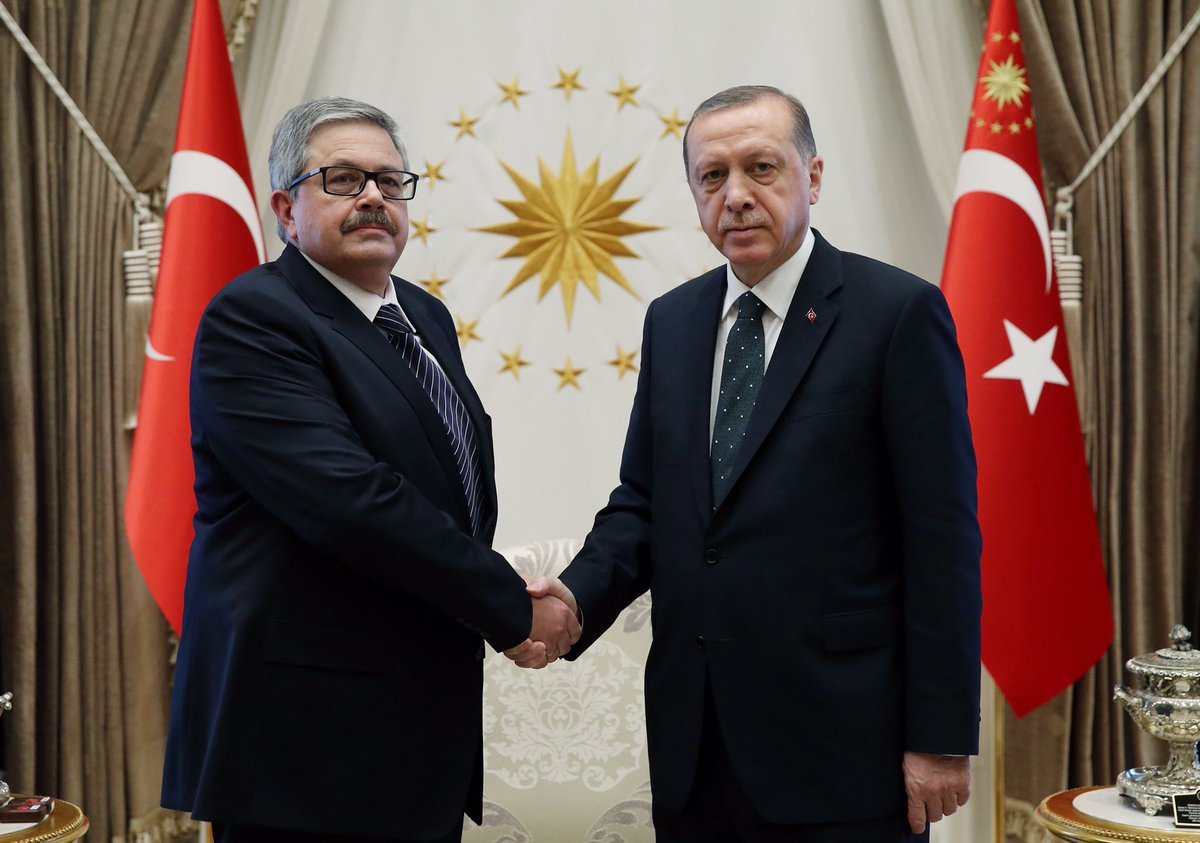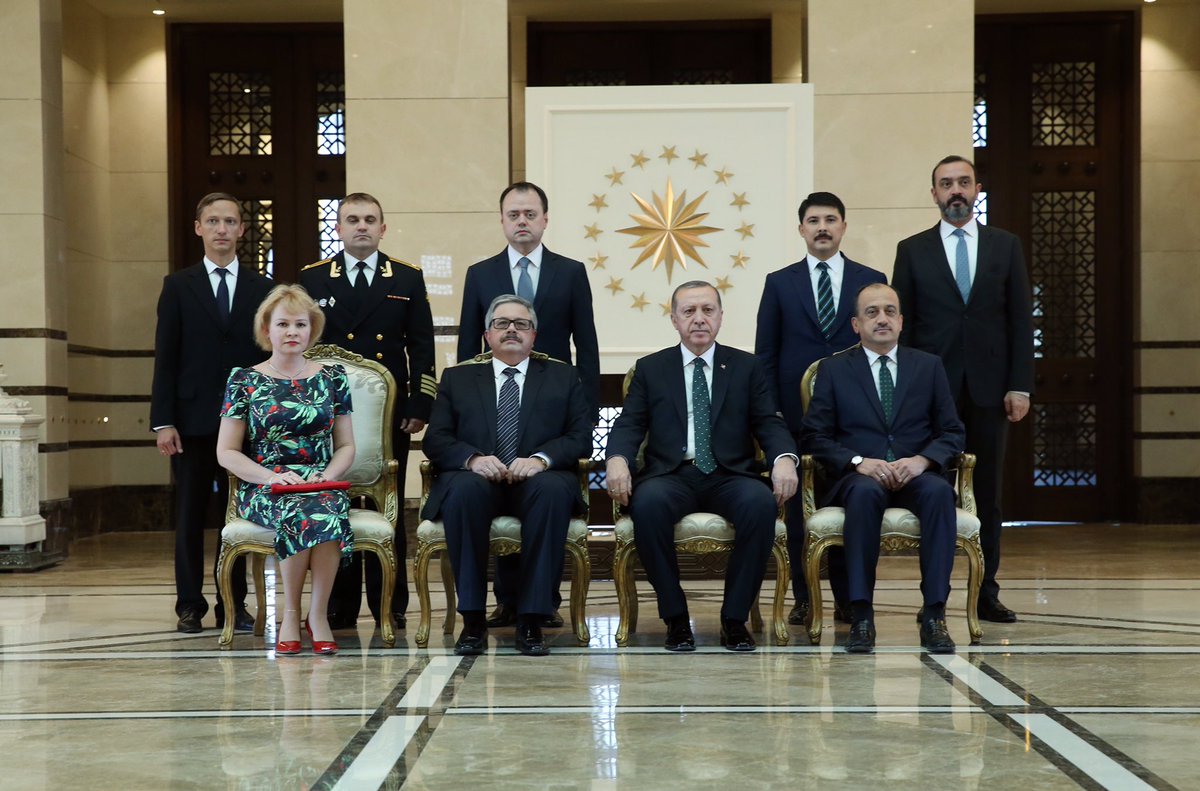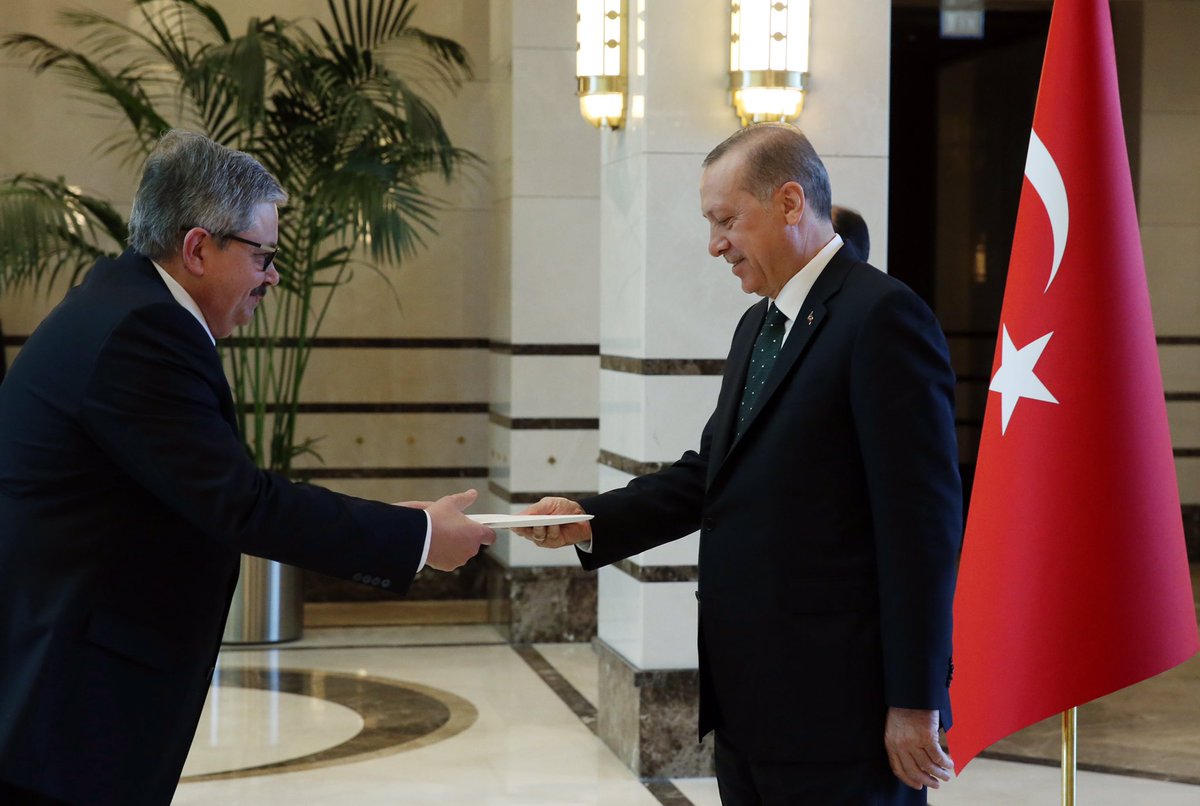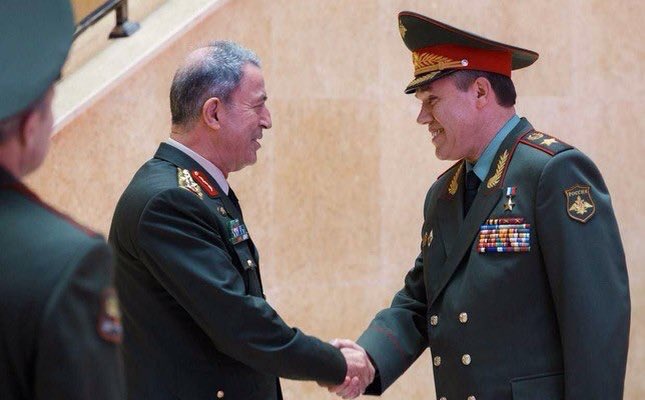Peshrev over the Black Sea: The silent competition between Turkey and Russia
This year between 27 March and 7 April, Turkish Navy (Turk Deniz Kuvvetleri) conducted a large-scale exercise, “Deniz Yildizi” (Starfish, or literally Sea Star). The 2017 version of the exercise saw significantly high number of warships, submarines and auxiliaries from Turkish Navy, as well as port visits to Bulgaria (Varna), Romania (Constanta), Ukraine (Odessa), Russia (Novorossiysk) and Georgia (Batumi). In total, 10 frigates, three corvettes, eight patrol boats, two mine hunters, four submarines and three support ships took part in the exercise.
Deniz Yildizi in itself can be considered as a show of force after the July 15th coup attempt, but it also delivered a strong message, or reply, to Russia.
Speaking at the conclusion of military exercises conducted in Southern Military District in September 2016, Chief of General Staff of the Russian Armed Forces, General Valeriy Gerasimov said that the Black Sea Fleet of the Russian Naval Forces “is now stronger than Turkey’s navy” and claimed that Russian Navy had received the capability of easily striking the Turkish Straits. Gerasimov stated that, “Turkey was virtually the master of the Black Sea. Now everything is different”. The tone of his statements was in stark contrast with the ambiance of Russian – Turkish relations, which were being restored shortly after the July 15th coup attempt.
Another noteworthy aspect of his speech was the tribute to the Kalibr cruise missiles, which form the backbone of Russia’s A2/AD (Anti Access Area Denial) strategy in the Black Sea basin, together with S-300 / S-400 air defence systems and Bastion coastal anti-ship missile batteries. The “Kalibrization” of the Russian Navy is especially evident in the Black Sea Fleet, where the new Project 636.6 Varshavyanka class submarines, Project 11356 Admiral Grigorovich class frigates and Project 21631 Buyan M class corvettes, though the two ships of the latter class are reportedly transferred to Baltic Fleet in November last year. It is noteworthy that the Black Sea Fleet undertakes a significant role in Russian operations in Syria, through cruise missile strikes and the famous “Syrian Express” logistic support campaign.
The modernization of the Black Sea Fleet gained momentum after the 2008 Russo – Georgian War. Significant amount of resources was diverted to shipbuilding programs for this unit, including the construction of six Varshavyanka class diesel electric submarines capable of firing Kalibr missiles, six Admiral Grigorovich class frigates and Project 21631 Buyan-M class corvettes.
Russia also is in the process of modernizing of the air assets in the region: After the annexation of Crimea, Sukhoi Su-27 and Su-30SM fighter aircraft as well as Tupolev Tu-22M3 strategic bombers were deployed to the peninsula. In several occasions, Russian Su-24MR and Su-27 jets came into close proximity of U.S. aircraft and warships present in the region, followed by the protest of the latter.
Turkey, on the other hand, has undertaken an ambitious modernization process through the development of local defense industry since early 2000’s. One of the most important projects of this campaign is the MilGem (Milli Gemi; National Ship) project, which covers indigenous design and construction of corvette class warships. The first two ships of the MilGem program are in service with the Turkish Navy under Ada class, with two more to be commissioned in 2018 and 2019. Following four ships of the MilGem program are designated “I” class with improved weapons and sensors outfit, including anti air warfare capabilities. Construction of the first ship of the I class, the Istanbul commenced earlier this year. Meanwhile, six air independent propulsion (AIP) submarines of German Type 214TN design are being constructed at Golcuk Naval Shipyard and an indigenous submarine design project under the MilDen program has recently started. Another major program, the TF-2000 area air warfare frigate program is expected to be commenced soon, with the first ship planned to enter service in the first half of 2020’s.
As a conclusion, it can be claimed that despite warming relations between Russia and Turkey, there is a tense, but silent competition for the dominance over the Black Sea. Russia seems to put special emphasis over the modernization of the Black Sea Fleet as center of its A2/AD strategy against NATO. After the breakup of the Soviet Union, Turkey had enjoyed superiority over Russia in the region, especially in the naval domain. This position is now under threat, through naval and missile developments from the Russian side. However, those programs are not immune to challenges. The cut off of supply of major sub systems from Ukraine inflicted serious damage to warship programs. Financial problems are also threatening timely and effective execution of modernization programs. The restructuring and renovation of the Turkish Armed Forces after July 15th is an important factor in the Turkish side. Given these issues and factors, it can be claimed that the “peshrev” of the two sides over the Black Sea will continue at a constant tempo for the foreseeable future.













